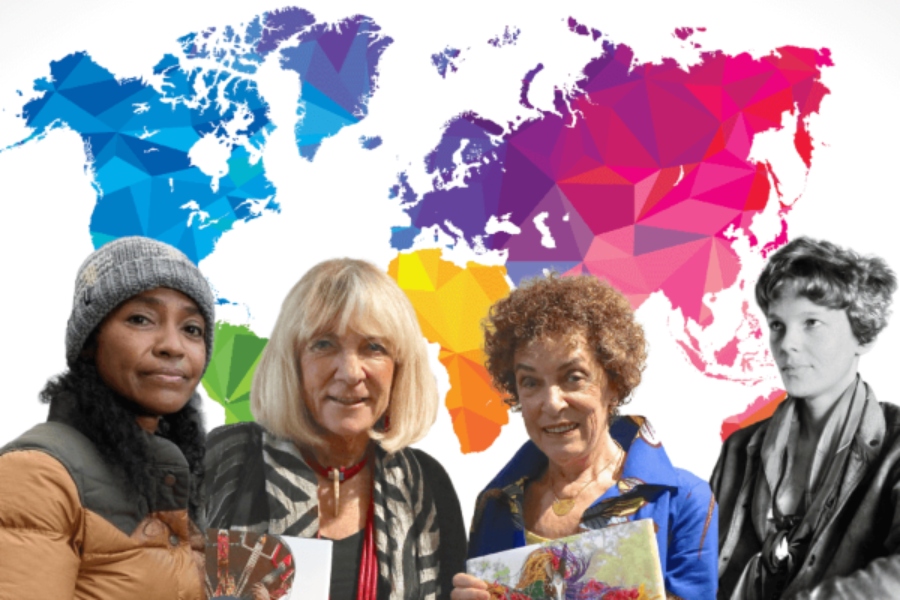International Women’s Day, which is always held on March 8, officially began back in 1911, and its first gathering was supported by more than a million people in Austria, Denmark, Germany, and Switzerland. Through its 100-plus years of history, it has had varying impact depending on area—in some places, it’s become a national holiday; in others, it is virtually ignored. Some see the day as a reason to protest the inequities facing females; others to celebrate all that we women have accomplished.
The Evolution of Our Day
Over the last decade, in the era of social media, International Women’s Day has evolved. It concentrates on bringing together a global network of individuals, joined with the goal of celebrating women’s achievement, raising awareness against bias, and taking action for equality. Each year, there’s a spotlight on a specific angle of female life, often determined by a participating organization. For instance, in 2010, the International Committee of the Red Cross marked the day by calling attention to the lives of displaced women and the hardships they endure. In 2012, the UN used the date to embrace the theme of empowering rural women and ending poverty and hunger. This year, the focus is on #BalanceforBetter, with the goal of gender balance in businesses’ boardrooms, in the ranks of their employees, in the government, in media coverage, in earning power—you name it.
Each year, there’s a spotlight on a specific angle of female life, often determined by a participating organization.
Here in the US, while the day is hardly a national holiday, it does get attention. Many companies host events marking the day, with empowering speakers and the like. If you don’t have access to this kind of group, click here to find an event near you. Or check out www.internationalwomensday.com for a wealth of news and ideas about how you can participate in the campaign. We especially like the gallery of photos from around the world, showcasing women thriving in different fields and closing the gender pay gap.























0 Comments